Acne Rosacea: Causes, Low Stomach Acid, and Holistic Approaches
Acne rosacea often results from low stomach acid, known as hypochlorhydria. This issue affects digestion, leading to partially broken-down food entering the bloodstream, which can trigger inflammation. Various factors, such as thyroid health, stress, diet, and imbalances in the body’s energy systems, lower stomach acid levels.
Thyroid Health and Stomach Acid
The thyroid gland controls metabolism, which includes the production of stomach acid. When the thyroid becomes underactive, or hypothyroidism, it slows down the body’s processes, including stomach acid production. Without enough stomach acid, the body struggles to digest proteins properly. This can lead to food sensitivities and inflammation, contributing to acne rosacea. Therefore, maintaining thyroid balance is key for good digestion and clear skin.
Traditional Chinese Medicine (TCM) and Element Theory
In Traditional Chinese Medicine (TCM), low stomach acid and digestion problems link to an imbalance in the Earth element. This element governs the Spleen and Stomach, which are vital for processing food and fluids. When the Earth element becomes imbalanced, symptoms like bloating, poor digestion, and skin problems such as acne rosacea appear.
TCM suggests that emotions like overthinking and worry weaken the Spleen and Stomach, causing digestive problems. To restore balance, TCM recommends diet changes, herbal remedies, and lifestyle adjustments to strengthen the Earth element. This approach can boost stomach acid levels and reduce skin issues.
Chakras and Stomach Acid
From an energy point of view, the Solar Plexus Chakra (Manipura) is near the stomach. It is linked to personal power, self-esteem, and the digestive system. This chakra controls digestion and metabolism. When it becomes blocked or imbalanced, issues like low stomach acid and skin conditions like rosacea can occur.
To balance this chakra, practices such as yoga, meditation, and deep breathing exercises can help. Positive affirmations like “I am strong and in control of my life” support this energy center. When the Solar Plexus Chakra functions well, digestion improves, the body absorbs nutrients better, and inflammation decreases.
Acupuncture and Digestive Health
Acupuncture, a key part of TCM, stimulates specific points on the body to promote healing. For low stomach acid and related skin issues, acupuncture targets points on the Stomach and Spleen meridians. This practice improves digestion and balances the Earth element.
For example, acupuncture points like Ren 12 (Zhongwan) and Stomach 36 (Zusanli) strengthen the stomach and aid in the production of digestive enzymes. They also reduce inflammation. Moreover, acupuncture helps regulate the body’s stress response, lowering stress hormone levels and addressing emotional triggers linked to digestive issues. By improving energy flow and supporting digestion, acupuncture can raise stomach acid levels and ease acne rosacea.
Holistic Approach to Managing Acne Rosacea
Managing acne rosacea requires a full-body approach that addresses physical, chemical, and emotional factors. Supporting thyroid health, balancing the Earth element, and ensuring proper energy flow through the Solar Plexus Chakra improve digestion and reduce inflammation. Making dietary changes, such as avoiding trigger foods and using supplements like digestive enzymes and betaine hydrochloric acid, also supports digestion.
Managing low stomach acid through thyroid health, TCM principles, and energy balance can help manage acne rosacea. Focusing on a holistic approach that includes diet, lifestyle changes, energy work, and acupuncture leads to better digestion and clearer skin.

